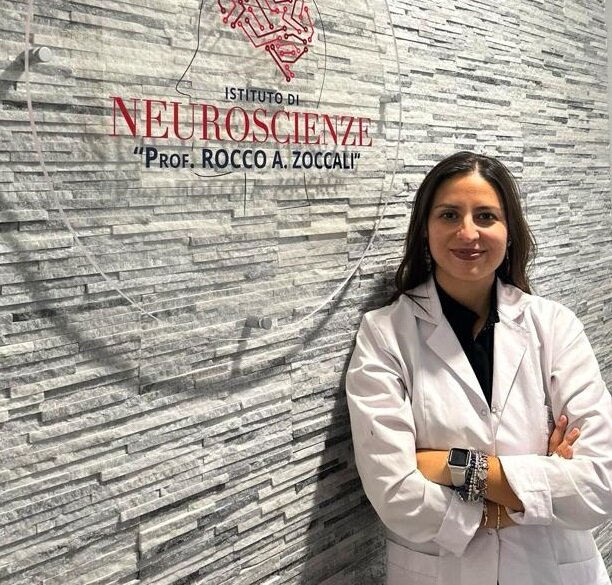Breaking Down the Mysteries of the Brain
Psychiatry studies mental illnesses and these are often described as the result of multiple factors that together contribute to an altered functioning of the brain. Yet, the question “What exactly are these factors?” still scares any mental health specialist. The brain is the most complex organ of the human body and its functioning is as fascinating as it is still little known; It is made up of an extremely complex structure and is responsible for the most disparate functions. Science has certainly made giant strides in describing how our organism works but the brain is still partly an enigma.
Decades of research have affirmed that the genetic aspect is of fundamental importance in understanding the functioning of the brain. We, in fact, are what we are thanks to our genes, i.e. the functional units of our genome.
At the end of the 1980s an ambitious scientific project led some researchers to sequence the nitrogenous base pairs that form the DNA, with the aim of identifying and mapping the genes of the human genome. This project, which ended in 2003, led to the drafting of the human genome, i.e. a detailed mapping of all the sequences of our DNA.
While marking an enormous step forward in the medical field, guaranteeing the foundations for personalized medicine and for the detailed study of the genetic factors underlying diseases, the Human Genome Project has only partially resolved our knowledge gaps. Genetics, in fact, does not seem to explain everything, and this is the reason why psychiatric diseases have a “multifactorial” origin and not just genetics.
As Arnaldo Benini writes, our behavior depends on “from the physics and chemistry of the brain, from hormones, from sense organs, from prenatal development, from experience, from physical and cultural development, from the environment”.
All this makes us absolutely “unique” beings in the expression of our neurons, cells with a curious “tree” shape and functional units of the brain. Each neuron is connected to other neurons, through structures called “synapses”. The set of all connections between neurons creates circuits that seem to dominate the functioning of our brain.
The term “connectome” (which recalls that of the genome) indicates the set of all existing brain connections; one of the objectives of some neuroscientists is to map these connections (Human Connectome Project) as happened with the mapping of the entire human genome, to get an idea of how circuits form and change over time. In fact, these connections are not fixed, but change based on our genetics and depending on the life experiences we encounter. The changes occur thanks to “re-wiring” works resulting from the elimination and new formation of synapses.
The connectome theory states that individual differences reflect differences in brain circuits and that, although the genetic basis is important, it is also the effects of experience that determine the structure and function of our brain. From this perspective, connectomics could be the link between nature and environment (nature vs nurture) which is so much investigated in medicine and especially in psychiatry.
From the perspective of connectomics, mental pathologies would be pathologies of the circuits: understanding the circuits in their physiological activity would mean understanding them also in their pathological activity and therefore better understanding mental diseases.
Studies on the connectome they could be able to complete our knowledge on the genesis of mental illnesses and provide psychiatry with a significant driving force, distancing it from the stigma of the science that cures the “crazy” and stripping it of the aura of mystery and fear that it still carries with it (and which brings up the rear of our healthcare system).
